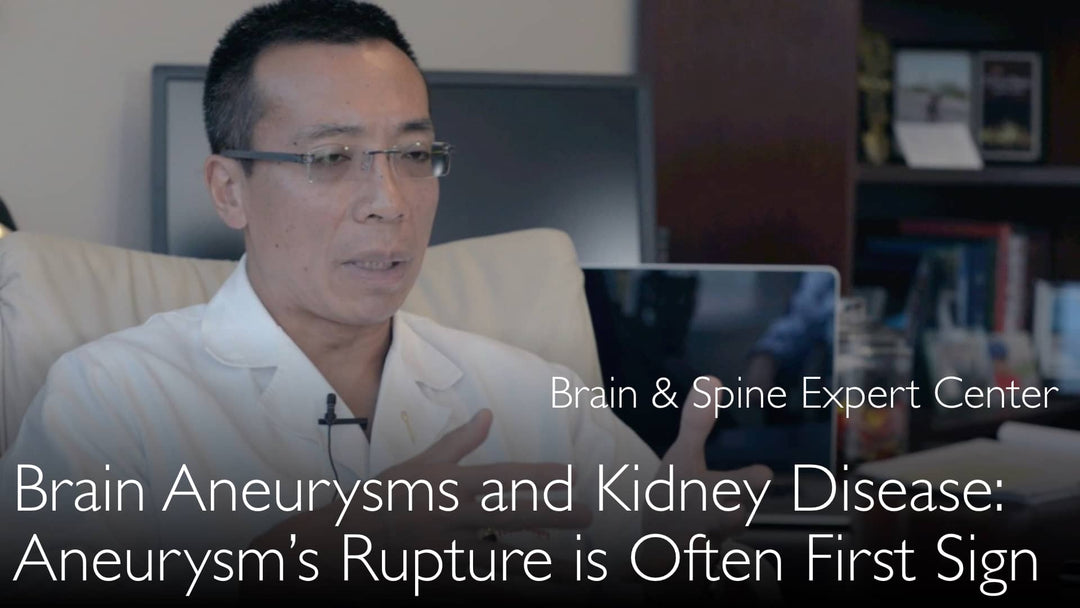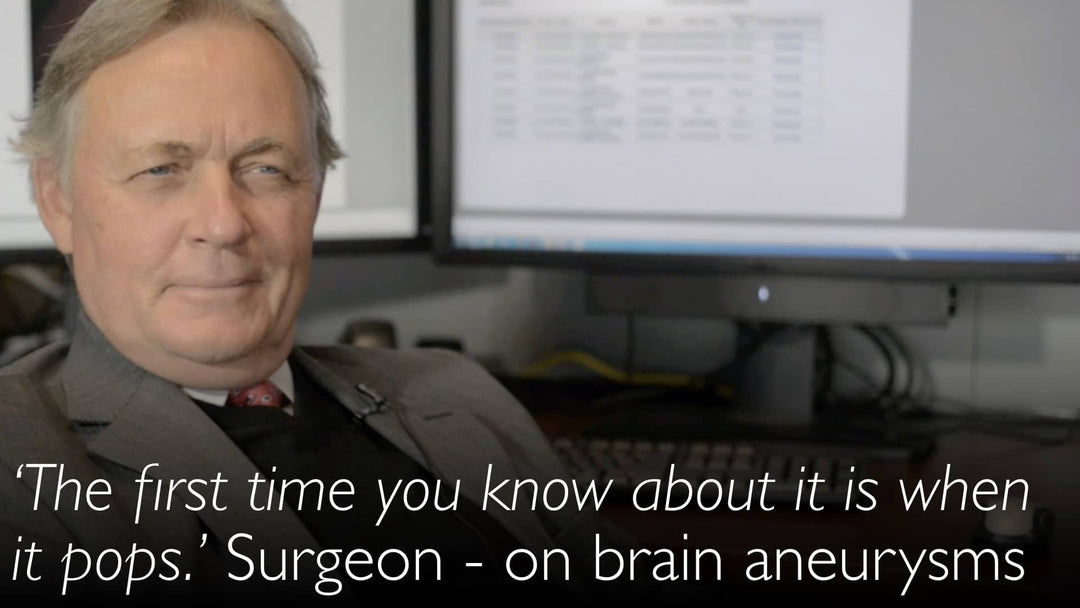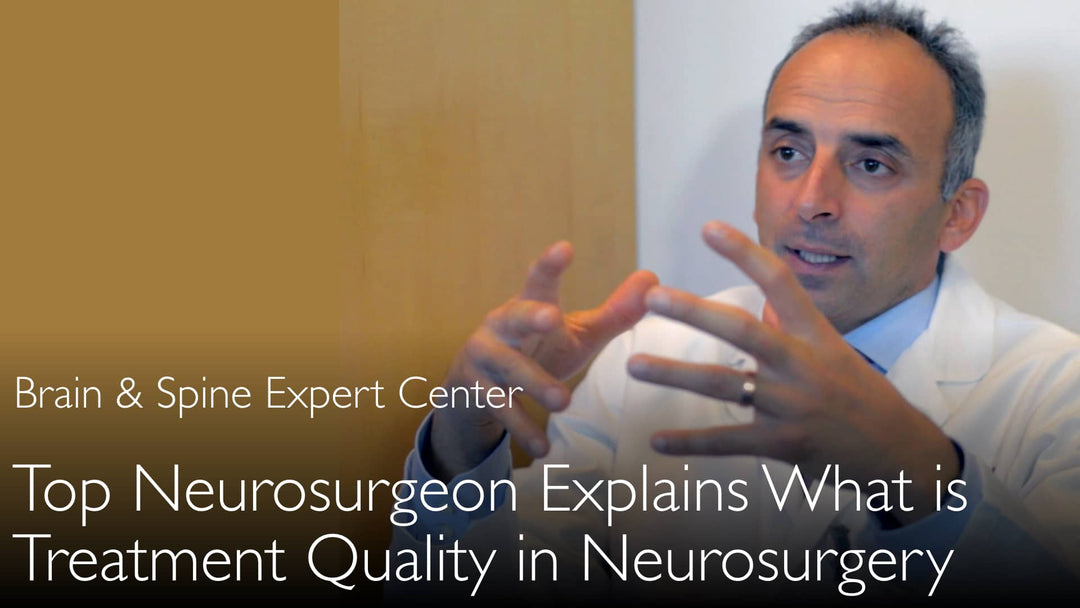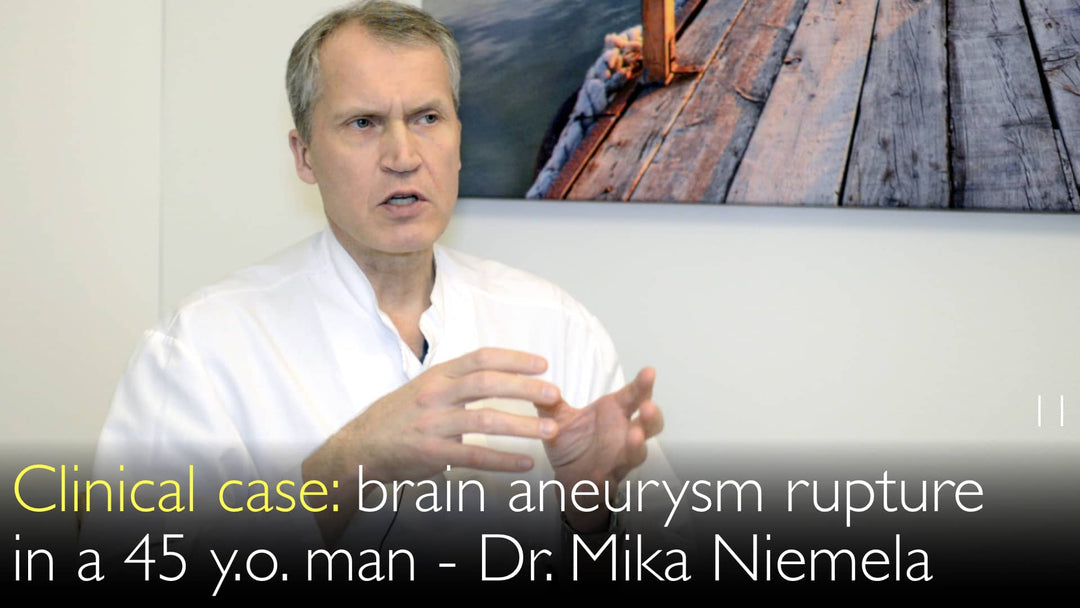Dr. Peng Chen, a leading expert in cerebrovascular neurosurgery, explains the critical link between polycystic kidney disease (PKD) and cerebral aneurysms. He details that the prevalence of intracranial aneurysms in PKD patients reaches 9%, emphasizing that aneurysm rupture often occurs before symptoms of kidney failure appear. Dr. Chen advocates for proactive monitoring with MRI every 10 years in high-risk groups and outlines key preventive strategies—including smoking cessation and blood pressure control—that can significantly reduce the risk of rupture or recurrence after treatment.
다낭신병증에서의 뇌동맥류 위험과 예방
목차 바로가기
- 다낭신병증과 뇌동맥류의 연관성
- 신부전 발생 전 침묵성 파열 위험
- 신장내과의사의 역할과 감시 영상의학
- 동맥류 파열 위험 감소 전략
- 흡연이 동맥류 재발에 미치는 영향
- 동맥류 형성에서의 염증 인자
다낭신병증과 뇌동맥류의 연관성
뇌혈관 신경외과 전문의 Peng Chen 박사는 신장 질환과 뇌 건강 사이의 중요한 연관성을 강조합니다. 다낭신병증(PKD) 환자의 약 9%가 뇌동맥류를 동반하고 있다고 말합니다. 이 통계는 신장 전문의와 신경외과 의사 간의 다학제적 협력이 필요함을 보여줍니다.
신부전 발생 전 침묵성 파열 위험
Peng Chen 박사에 따르면, 특히 주목할 점은 많은 다낭신병증 환자가 신부전 이전에 뇌동맥류 파열을 경험한다는 것입니다. 이는 첫 번째 주요 임상 증상이 신장 문제가 아니라 생명을 위협하는 뇌출혈일 수 있음을 의미합니다. 환자들은 자신이 다낭신병증을 갖고 있거나 뇌에 동맥류가 조용히 자라고 있을 가능성을 전혀 모를 수 있습니다.
신장내과의사의 역할과 감시 영상의학
Chen 박사는 이러한 환자들이 종종 신장내과의사로부터 우수한 신기능 관리를 받고 있음을 지적합니다. 그러나 동맥류 파열과 같은 초기 뇌 사건은 신장 문제보다 즉각적으로 더 치명적일 수 있습니다. 따라서 그는 신장내과의사들이 선제적으로 감시 영상 검사를 처방할 것을 권장합니다. 다낭신병증 환자나 뇌동맥류 가족력이 있는 경우, 10년마다 뇌 MRI 검사를 통해 이 잠재적 합병증을 선별하는 것이 좋습니다.
동맥류 파열 위험 감소 전략
아직 수술이 필요하지 않은 미파열 뇌동맥류가 발견된 환자에게 Peng Chen 박사는 위험 감소의 중요성을 강조합니다. 예방의 핵심은 생활습관 개선에 있습니다. 혈압 조절이 가장 중요하며, 고혈압은 동맥류의 약한 벽에 스트레스를 가하기 때문입니다. 이는 파열을 예방하기 위해 환자가 취할 수 있는 가장 효과적인 조치 중 하나입니다.
흡연이 동맥류 재발에 미치는 영향
Chen 박사는 동맥류 환자에게 흡연의 위험성을 뒷받침하는 강력한 데이터를 제시합니다. 코일 색전술로 뇌동맥류를 치료받은 후에도 흡연을 계속한 환자들이 동맥류 재발 위험이 400% 더 높았다는 임상 연구를 인용합니다. 금연한 환자 대비 4배 높은 이 위험은 금연이 가장 효과적인 예방 수단임을 보여줍니다.
동맥류 형성에서의 염증 인자
Anton Titov 박사와의 대화에서 Peng Chen 박사는 동맥류 형성 메커니즘에 대한 최신 과학적 이해도 언급했습니다. 연구에 따르면 동맥류 벽의 수리-파열-수리 과정에서 염증 인자가 중요한 역할을 합니다. 이러한 생물학적 이해는 흡연이나 고혈압과 같은 전신적 요인이 염증을 촉진하고 혈관 벽을 약화시키는 이유를 설명해 줍니다.
전체 대화록
Peng Chen 박사: 신장 질환과 뇌동맥류의 관계를 보면, 다낭신병증 환자의 약 9%가 뇌동맥류를 동반합니다. 신장학회 연구에 따르면, 많은 다낭신병증 환자들이 신부전 이전에 뇌동맥류 파열을 경험합니다.
매우 흥미롭습니다! 즉, 반드시 신장 문제나 신부전 증상을 보일 필요 없이, 뇌에 다른 문제가 생길 수도 있다는 뜻이군요.
네, 바로 그렇습니다! 이런 환자들은 대개 신장내과의사에 의해 철저히 관리받으며 신기능이 유지되고 있습니다. 하지만 동시에 초기 뇌 사건을 겪을 수 있는데, 이는 신장 문제보다 더 심각할 수 있습니다.
신장내과의사들은 일반적으로 이 문제에 주의를 기울여 감시 영상 검사(MRI)로 추적 관리하며, 뇌동맥류 가족력이 있거나 다낭신병증(PKD)을 가진 환자에게 10년마다 검사를 권장합니다.
뇌동맥류가 발견되었지만 아직 수술이 필요하지 않거나 파열되지 않아 치료를 받지 않은 환자의 경우, 동맥류 파열 위험을 줄이는 것이 중요합니다.
현재 우리는 동맥류 벽의 수리-파열-수리 과정에 염증 인자가 관여한다는 것을 더 잘 이해하고 있습니다. 일반적으로 담배를 끊고 혈압을 조절하는 것이 동맥류 파열 위험을 줄이거나 예방하는 데 가장 도움이 됩니다.
몇 년 전 임상 연구에 따르면, 코일 색전술로 뇌동맥류 치료를 받은 환자 중 계속 흡연한 경우, 금연한 환자보다 재발 위험이 4배 높았습니다.








